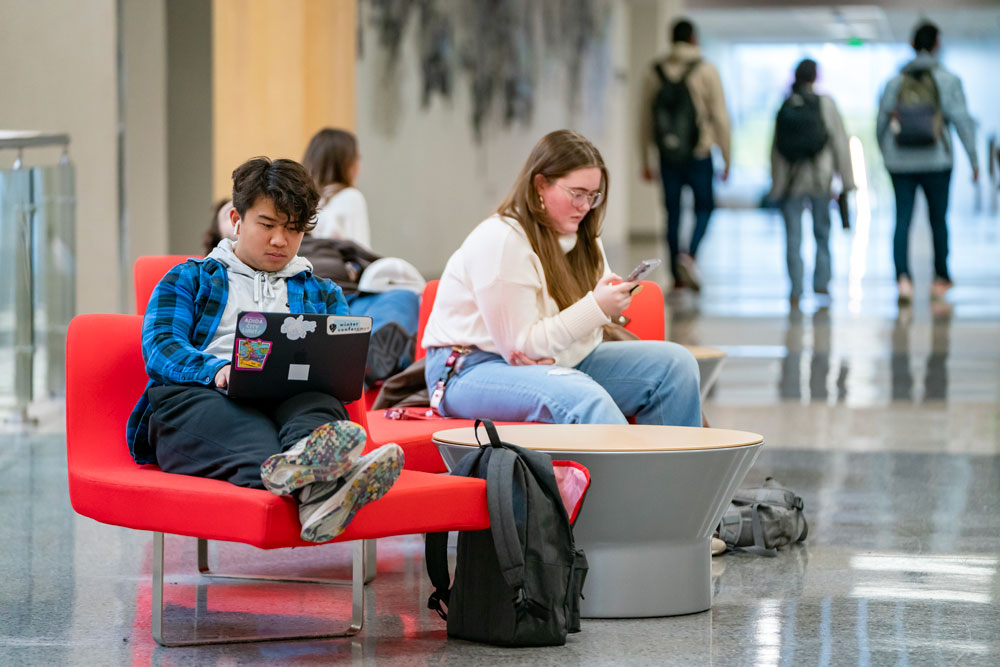August 22, 2024

The first day of the fall semester at Texas A&M University saw remarkable levels of technology use, reflecting the size and scope of one of the nation’s largest physical campuses and student bodies.
The wireless network peaked with 91,411 concurrent logins on Wednesday, demonstrating the high level of connectivity required to support the academic and administrative needs of the university community. Texas A&M is currently building a Next-Generation Aggie Network and has increased the number of wireless access points by 65% since this time last year. Aggies are bringing more internet-based devices to campus as the number of unique devices connected to the network on the first day reached an impressive 157,505, up about 9,000 from the first day last year.
"The technology demands on the first day of the semester provide a snapshot of the scale at which our university operates," said Ed Pierson, Vice President for IT and Chief Information Officer. "We are dedicated to maintaining and enhancing an enterprise-class operation that supports our vast community. The numbers we’re seeing reflect our ongoing commitment to providing reliable and accessible technology solutions."
Technology Services received 876 support tickets, with a dedicated team working around the clock to ensure that issues were resolved, enabling students and faculty to focus on their work.
The Howdy web portal also saw extensive use, with 269,934 logins, three times more than an average day. The learning management system (Canvas) saw 996,460 logins. Additionally, Texas A&M hosted 3,088 Zoom meetings and 809 Teams meetings, reflecting the ongoing integration of virtual collaboration tools in the university’s academic and administrative activities.
On the first day of the semester, 135,819 emails were sent through Texas A&M’s Gmail and 132,946 through Texas A&M Exchange Email. Texas A&M campus members received over 2.5 million emails the same day.
As demands for technology continue to grow, Technology Services remains committed to scaling its infrastructure to meet the evolving and growing needs of the community.